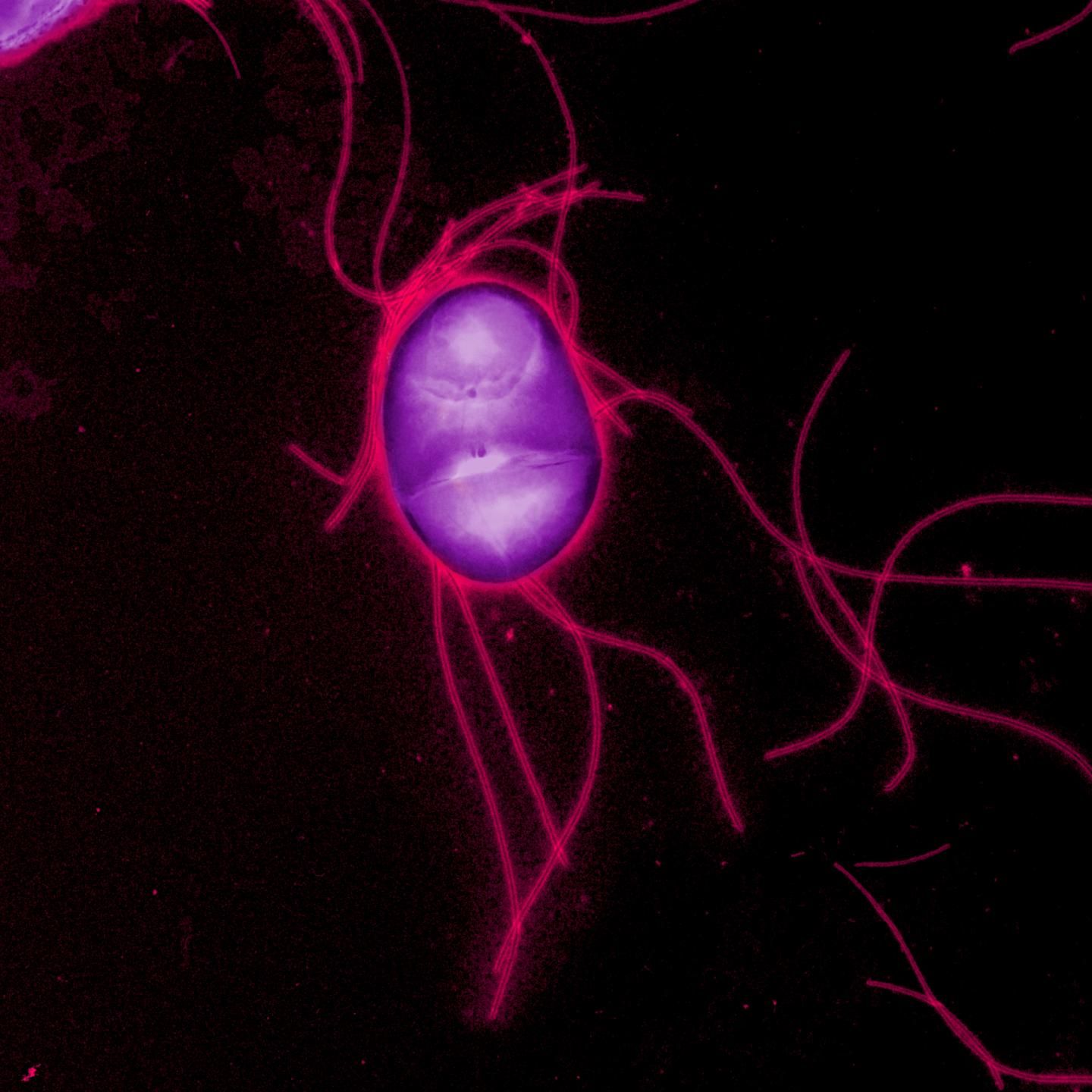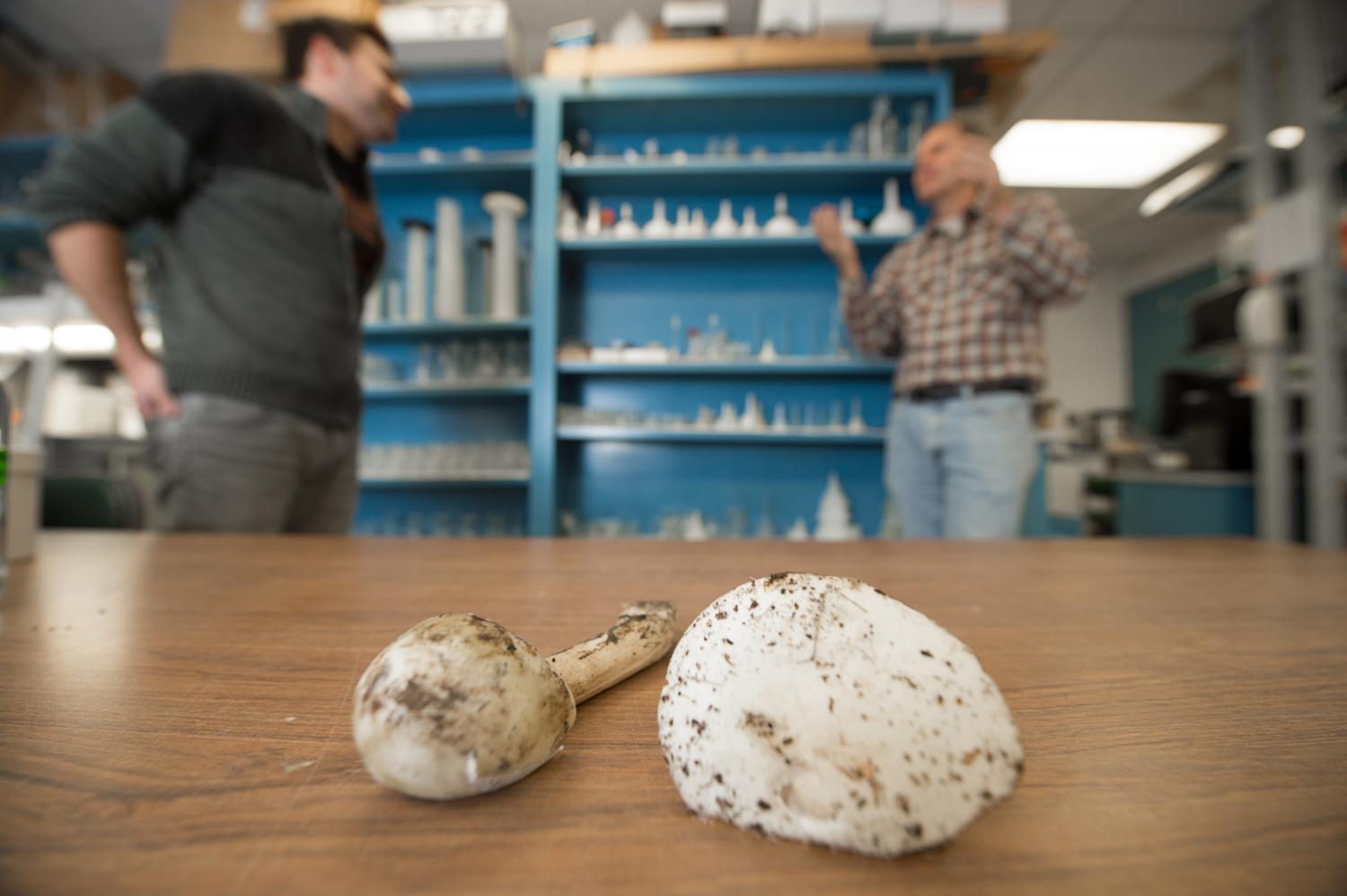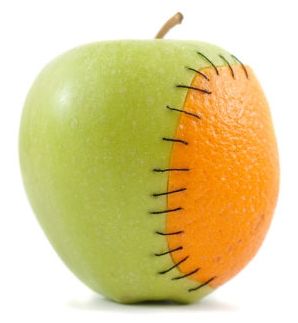Archive for the ‘genetics’ category: Page 394
Jan 27, 2017
Could Synthetic DNA Be the Next Tech Breakthrough?
Posted by Karen Hurst in categories: biotech/medical, genetics, robotics/AI, singularity
Is Synbio the next big thing? Hmmm; depends. If we’re talking about ensuring that we have a solid foundation/ infrastructure (including platforms; etc.) on QC 1st then with the existing evolution and maturity of the fundamentals around Synbio as a 1st step; then accelerating the further maturity of Synbio into creating super humans and singularity? My answer is yes. If we’re not even considering that we need QC and just focused on Synbio only; my answer is No as QC will be required as a foundation for things like real Humanoid AI, cell circuited humans/ super humans, etc.
Why we might soon be buying silk, wood, and more fabricated out of genetic code.
Jan 27, 2017
New Insight Describes Connection between Salmonella Infection and Appetite Loss
Posted by Karen Hurst in categories: bioengineering, biotech/medical, genetics, neuroscience
A Salmonella pathogen manages a trade-off between virulence and transmission by manipulating the gut–brain axis and blocking appetite loss.
Jan 26, 2017
Scientists are making genetically modified cyborg dragonflies
Posted by Bryan Gatton in categories: biotech/medical, cyborgs, drones, genetics, surveillance
Jan 25, 2017
Sequencing poisonous mushrooms to potentially create medicine
Posted by Steve Hill in categories: biotech/medical, genetics
Just when you thought there wasnt mushroom left for new drug discovery!
A team of Michigan State University scientists has genetically sequenced two species of poisonous mushrooms, discovering that they can theoretically produce billions of compounds through one molecular assembly line. This may open the door to efficiently tackling some lethal diseases.
The study, published in the journal BMC Genomics, reveals the DNA of two Amanita mushrooms, which are responsible for the majority of fatal mushroom poisonings.
Continue reading “Sequencing poisonous mushrooms to potentially create medicine” »
Jan 24, 2017
New Organisms Have Been Formed Using the First Ever 6-Letter Genetic Code
Posted by Sean Cusack in categories: bioengineering, biotech/medical, genetics
Scientists have engineered the first ever ‘semi-synthetic’ organisms, by breeding E. coli bacteria with an expanded, six-letter genetic code.
While every living thing on Earth is formed according to a DNA code made up of four bases (represented by the letters G, T, C and A), these modified E. coli carry an entirely new type of DNA, with two additional DNA bases, X and Y, nestled in their genetic code.
The team, led by Floyd Romesberg from the Scripps Research Institute in California, engineered synthetic nucleotides — molecules that serve as the building blocks of DNA and RNA — to create an additional base pair, and they’ve successfully inserted this into the E. coli’s genetic code.
Continue reading “New Organisms Have Been Formed Using the First Ever 6-Letter Genetic Code” »
Jan 20, 2017
The UN Okays Synthetic Biology
Posted by Karen Hurst in categories: bioengineering, biological, ethics, existential risks, genetics
That’s a relief.
Of all the potentially apocalyptic technologies scientists have come up with in recent years, the gene drive is easily one of the most terrifying. A gene drive is a tool that allows scientists to use genetic engineering to override natural selection during reproduction. In theory, scientists could use it to alter the genetic makeup of an entire species—or even wipe that species out. It’s not hard to imagine how a slip-up in the lab could lead to things going very, very wrong.
But like most great risks, the gene drive also offers incredible reward. Scientists are, for example, exploring how gene drive might be used to wipe out malaria and kill off Hawaii’s invasive species to save endangered native birds. Its perils may be horrifying, but its promise is limitless. And environmental groups have been campaigning hard to prevent that promise from ever being realized.
Jan 20, 2017
By 2030, Hospitals May Be a Thing of the Past
Posted by Shane Hinshaw in categories: biotech/medical, genetics, health, nanotechnology, robotics/AI
In Brief:
- Predictions from the co-chair of the World Economic Forum’s Future Council, Melanie Walker, say we’ll soon enter a post-hospital world due to advances in personalized medicine, health monitoring, and nanotechnology.
- New and evolving technologies in medical science convince Walker we’ll live in a society not dependent on hospitals by 2030.
As the world of medicine is increasingly changed by biology, technology, communications, genetics, and robotics, predicting the outlook of the next few decades of medicine becomes harder. But that is exactly what Melanie Walker of the World Economic Forum does, and she predicts a bright new future for healthcare.
Jan 20, 2017
Scientists Have a Plan to Bring Back the Caspian Tiger, Which Has Been Extinct for 50 Years
Posted by Shailesh Prasad in categories: bioengineering, genetics
Caspian tigers were some of the largest cats ever to roam the Earth, but they went extinct in the 1960s. Now, some scientists want to bring them back.
A new study, published in the journal Biological Conservation, lays out the plan to reintroduce the tigers using a subspecies, the Siberian tiger, which is genetically similar to the Caspian tiger.
The authors write in their paper that the Siberians tiger’s “phenotype proves adaptable to the arid conditions of the introduction site”.
Jan 19, 2017
Will synthetic biology help us to eliminate age-related diseases?
Posted by Steve Hill in categories: bioengineering, biotech/medical, chemistry, computing, genetics, health, life extension
A quick look at synthetic biology and its potential for health and treating age-related diseases.
All living organisms contain an instruction set that determines what they look like and what they do. These instructions are encoded in the organism’s DNA within every cell, this is an organism’s genetic code (or “genome”).
Mankind has been altering the genetic code of plants and animals for thousands of years, by selectively breeding individuals with desired features. Over time we have become experts at viewing and manipulating this code, and we can now take genetic information associated with the desired features from one organism, and add it into another one. This is the basis of genetic engineering, which has allowed us to speed up the process of developing new breeds of plants and animals.
Continue reading “Will synthetic biology help us to eliminate age-related diseases?” »

















